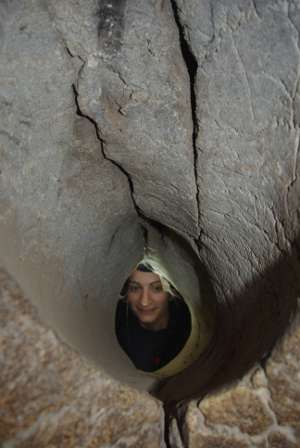Cave mazes

Analysis of caves in Israel deserts brings to light the ancient groundwater circulation of north-western Arabia. The cave distribution, morphology, and deposit evidence indicates that they formed through dissolution by rising groundwater. This water originated as rainwater flowing from highlands around the present Red Sea, infiltrated through sandstone, and rose again through deep faults in Israel, forming maze, or network caves.
The caves must be older than the Dead Sea rift, which breached some of the caves, disrupting the groundwater circulation. Thus the caves are tentatively attributed to the Oligocene-early Miocene periods (around 35-20 million years ago).
The suggested model of cave formation, by hypogenic (rising from depth) water, differs from classic cave formation process, which relates caves to local water, which enters the ground from above. The hypogenic flow model explains why the caves in Israel are concentrated mainly in the deserts, rather than in the more humid regions.
The study has implications on understanding underground reservoirs of water and oil, and the possible circulation of these fluids.
More information: Hypogenic karst at the Arabian platform margins: Implications for far-field groundwater systems , doi.org/10.1130/B31694.1
Provided by Geological Society of America




















